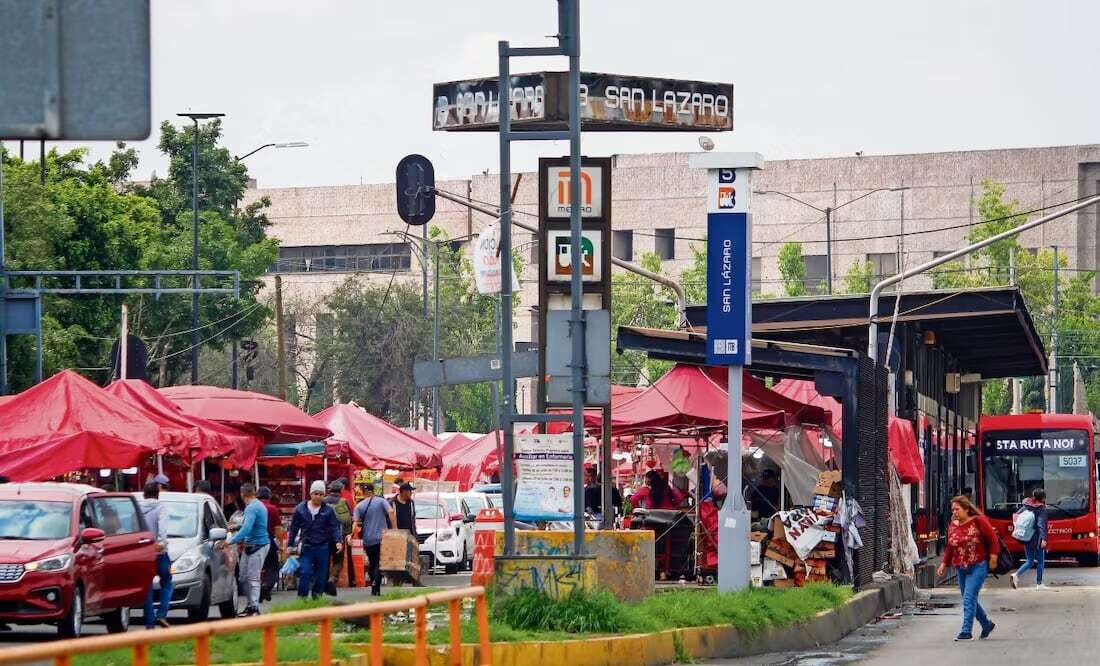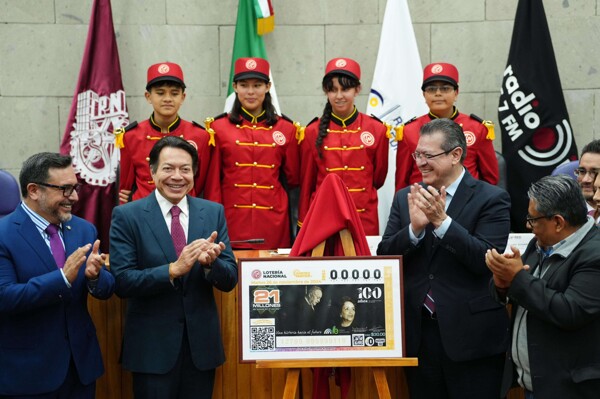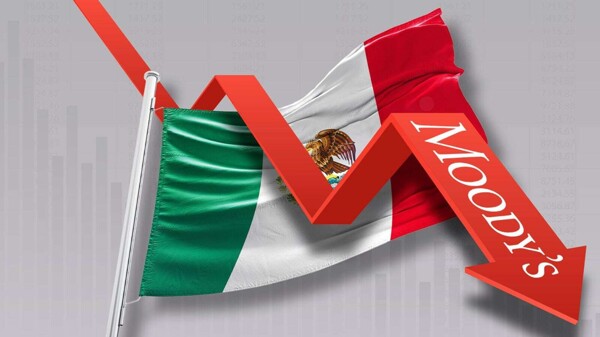
Recently, the renovation of the Cetram San Lázaro was carried out with an investment of 550 million pesos. The main objective of this transformation was to turn this important connection point into a more modern, safe, and efficient space for the 240,000 users who transit daily through it. Although this renovation represents a positive step forward, the crucial challenge now is to achieve a balance between urban development and the needs of the community that uses this space daily.
In this regard, various proposals are being made to improve the situation at Cetram San Lázaro. For example, the creation of commercial spaces with appropriate safety measures is suggested, awareness campaigns about safety for both vendors and users, enhancing cleanliness and maintenance to keep the area free of trash, and promoting citizen participation through direct communication channels with authorities to report problems and improve conditions in real-time.
It is essential to consider a comprehensive approach that, in addition to addressing the physical aspect of the renovation, deals with regulating street vending and ensuring constant cleanliness of the area. The disorderly presence of informal vendors can hinder the flow in the area and affect pedestrian safety. Although many users recognize the importance of these vendors, the risks that their activities can pose in such a crowded space are also highlighted.
In this context, it is essential to regulate street vending to allow it to operate in an orderly manner, without blocking entrances and hallways, which not only poses a safety risk but also complicates mobility in a high-demand area. Regular users like Ailín highlight how during peak seasons, like December, the obstruction of access and accumulation of waste generate chaos in the traffic.
The importance of this renovation lies in the fact that Cetram San Lázaro connects various lines of transportation such as the Metro (lines 1 and B) and the Metrobús (lines 5 and 7), being a key point to ensure a safe and efficient transportation node. Despite efforts to improve the infrastructure, challenges such as disorderly street vending and lack of maintenance persist, affecting the user experience. The collaboration and commitment of the authorities are crucial to ensure that the implemented improvements translate into tangible benefits for users and are not hindered by persistent problems.














